V4HRC2013 - 2016
The aim is to explore how human dyads cooperate in vision-based tasks and how they achieve grounding. The findings from human dyad will then be transferred in an adapted manner to human-robot interaction in order to inform the behavior implementation of the robot. Read more →
HOBBIT2011 - 2015
While world players in home care robotics tend to follow a pragmatic approach such as single function systems (USA) or humanoid robots (Japan, Korea), we introduce a new, more user-centred concept called “Mutual Care”: By providing a possibility for the Human to “take care” of the robot like a partner, real feelings and affections toward it will be created. Read more →
Meta Mechanics2008 - 2009
The metamechanics RoboCup@Home team was established in late 2008 at the Vienna University of Technology. It is a mixed team of the Faculty of Electrical Engineering and Information Technology and the Department of Computer Science. Read more →
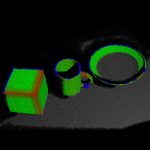
GRASP2008 - 2010
The aim of GRASP is the design of a cognitive system capable of performing tasks in open-ended environments, dealing with uncertainty and novel situations. The design of such a system must take into account three important facts: i) it has to be based on solid theoretical basis, and ii) it has to be extensively evaluated on suitable and measurable basis, thus iii) allowing for self-understanding and self-extension. Read more →
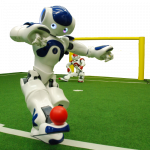
Austrian Kangaroos2008 - 2009
Soccer among robots is entertaining, but it is a valuable testing field for research and development in all sorts of areas. The humanoid robots are an ideal platform for development and are being used by many international universities. Research comprises novel walking algorithms, artificial intelligence, image processing and software architecture for embedded systems in real time. Read more →
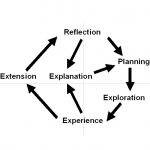
CogX2008 - 2012
The ability to manipulate novel objects detected in the environment and to predict their behaviour after a certain action is applied to them is important for a robot that can extend its own abilities. The goal is to provide the necessary sensory input for the above by exploiting the interplay between perception and manipulation. Read more →
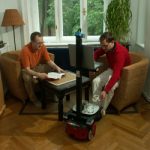
Robots @ Home2007 - 2010
The objective of robots@home is to provide an open mobile platform for the massive introduction of robots into the homes of everyone. The scenario-driven approach is inspired by recent work in cognitive science, neuroscience and animal navigation: a hierarchical cognitive map incorporates topological, metric and semantic information. Read more →
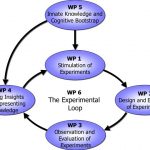
XPERO2006 - 2009
Experimentation with the physical world is a key to gaining insights about the real world and to develop cognitive skills necessary to exist and act in the real world. The more comprehensive and instructive the experiment, the more comprehensive and meaningful can be the insight drawn from it. Read more →
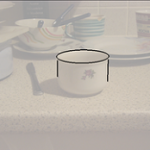
NFN2003 - 2006
Each of us might have encountered the situation to desperately search for a personal item or a location in an unknown environment. At present there is no technical solution for such an assistive system. The newly granted Joint Research Project “Cognitive Vision” attempts to find first solutions in this direction. A human shall be supported with a system that can not only find things, but that can understand the relationship between the human activities and objects involved. Read more →

ActIPret2001 - 2004
The objective of ActIPret is to develope a cognitive vision methodology that interprets and records the activities of people handling tools. Focus is on active observation and interpretation of activities, on parsing the sequences into constituent behaviour elements, and on extracting the essential activities and their functional dependence. Read more →